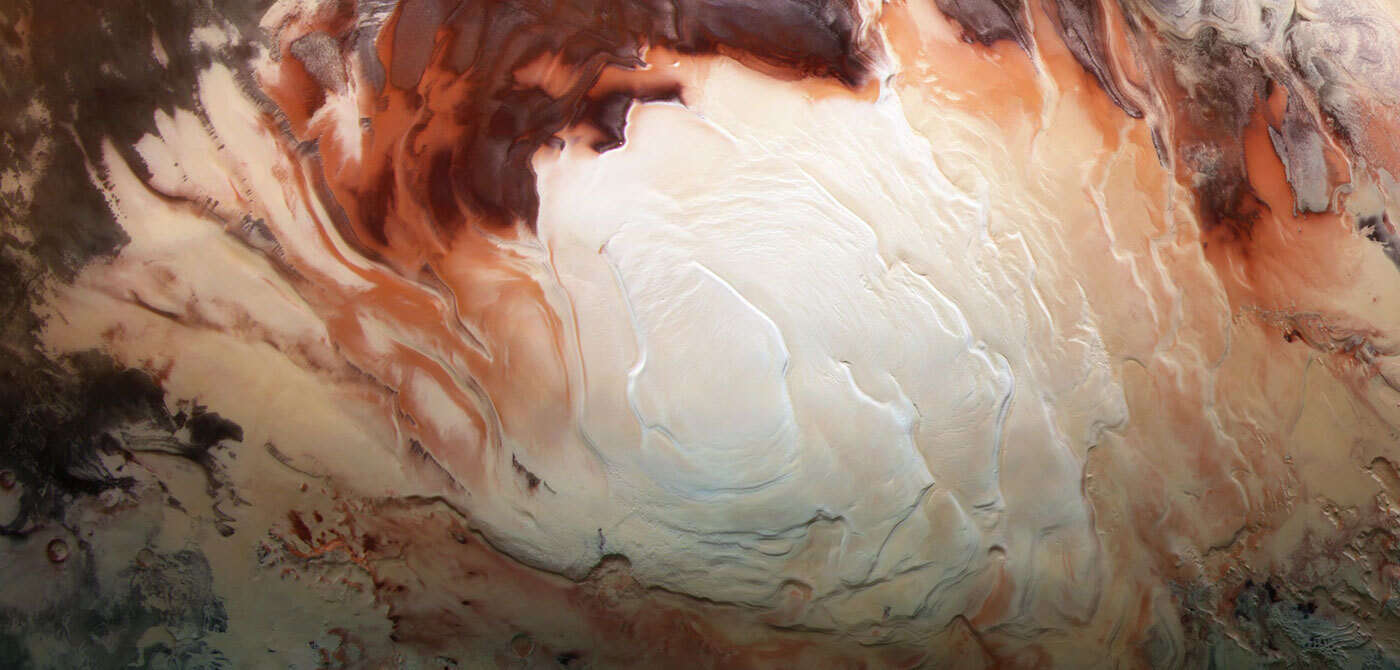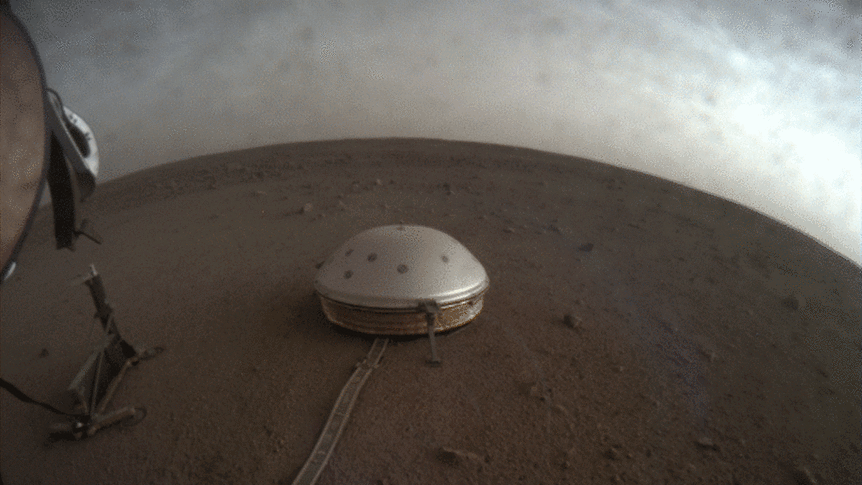Create a free profile to get unlimited access to exclusive videos, sweepstakes, and more!
Cloudy with a chance of dust storms: Mars weather forecasts might change astronauts’ plans

Future Mars-tronauts are going to have to consider the weather forecast before trekking outside on the Red Planet.
If a raging dust storm took down the Opportunity rover, it could do serious damage to any humans venturing out there. Dust storms on Mars might as well be dust blizzards. This is why Earth and planetary scientist J. Michael Battalio of Yale University led a study, recently published in Nature Astronomy, that could better help us predict weather patterns on both Mars and Titan, and eventually other planets and moons.
Though no astronauts will be landing on Titan anytime soon (if ever), harsh weather conditions could possibly affect NASA’s upcoming Dragonfly mission. This is why Battalio and co-author Juan Lora have been using annular modes — or variations in how the atmosphere flows which are unrelated to the seasons — to help them figure this out.
“Mars’s and Titan’s modes have some striking similarities to Earth’s,” Battalio tells SYFY WIRE. “They appear in the same general areas and in the same quantities. Annular structures are everywhere in the solar system, and there may be variability elsewhere that can be diagnosed using the techniques we applied to Mars and Titan.”
But first, to see what was going on with annular modes to begin with, the scientists needed models. The Mars models they referred to were originally developed by the Geophysical Fluid Dynamics Laboratory at Princeton and the Dynamic Meteorology Laboratory in France, and were used by more scholars to create accessible datasets of the Martian atmosphere, such as EMARS and MACDA. These datasets estimate how temperamental the Martian atmosphere is at any given moment by incorporating NASA and ESA satellite observations from above.
The model used for Titan (Titan Atmospheric Model or TAM) was developed by Lora, who coded fluid dynamics equations as they applied to planetary parameters he included, which are specific to Saturn’s largest moon, such as methane convection. Something similar can be used for Mars by swapping out methane for monster amounts of dust. So what do both a frozen desert planet and an icy ball of methane covered in toxic haze have in common with Earth? Battlio thinks climate variability caused by annular modes could be almost everywhere.
“There are some differences at different longitudes because the topography is different, but all three worlds have bands of high eddy energy in circles (annuli) around the poles,” Battlio says. “This is pretty cool given that Earth, Mars, and Titan are so different. It points to annular types of climate variability maybe being a ubiquitous feature of planetary atmospheres.”
That doesn't mean there aren't differences. Zonal winds, which keep blowing around the same latitude, and average eddy kinetic energy, which comes from circulation depending on time, differ from the same phenomena on Earth. Remember that the surfaces of Mars and Titan are also vastly different from what we walk on. Titan is the only other known body in space with surface bodies of liquid, and Mars is rocky, radiation-blasted, and barren. The zonal winds and average eddy kinetic energy on Mars and Titan explain the variance that occurs much better than they do on Earth.
Titan’s jet stream forms differently, so zonal winds are actually rolled on their side, something that means shifts from north to south on Earth and Mars, but upward and downward shifts on Titan. Mars differs from Earth the most in that changes in eddy kinetic energy can trigger some of the most dangerous dust storms. There are no humans to worry about yet, but try telling that to Opportunity, which ended up succumbing to one. Dust storms in the Martian south that form and grow to massive sizes especially stand out to Battalio. Knowing that could keep Perseverance safe.
“On Mars, you just need to know what the modes and dust storms are doing right now to make a prediction,” he says. “With accurate enough observations of the Martian atmosphere, we might predict when the largest dust storms might happen days in the future without having to run a weather model at all.”
There are some improvements needed in these forecasts, especially if we ever want to fly astronauts to the Red Planet. Battalio thinks that observing the winds of Mars directly, along with the temperature structure used to make wind calculations, which is already done, could be a huge improvement on measuring annular modes and result in fewer errors. More frequent observations are also needed. Satellites that orbit Mars, including the Mars Reconnaissance Orbiter, Mars Odyssey, and Mars Global Surveyor only get a glimpse of it twice a day.
If satellites could hang out in the same place above Mars and observe from there, the information beamed back to Earth would not be interrupted, and scientists would be able to see the ongoing development of Martian weather.
Astronauts are going to have to ditch the dread of rain and snow and traffic delays that plague Earth and prepare for dust storm forecasts.



























